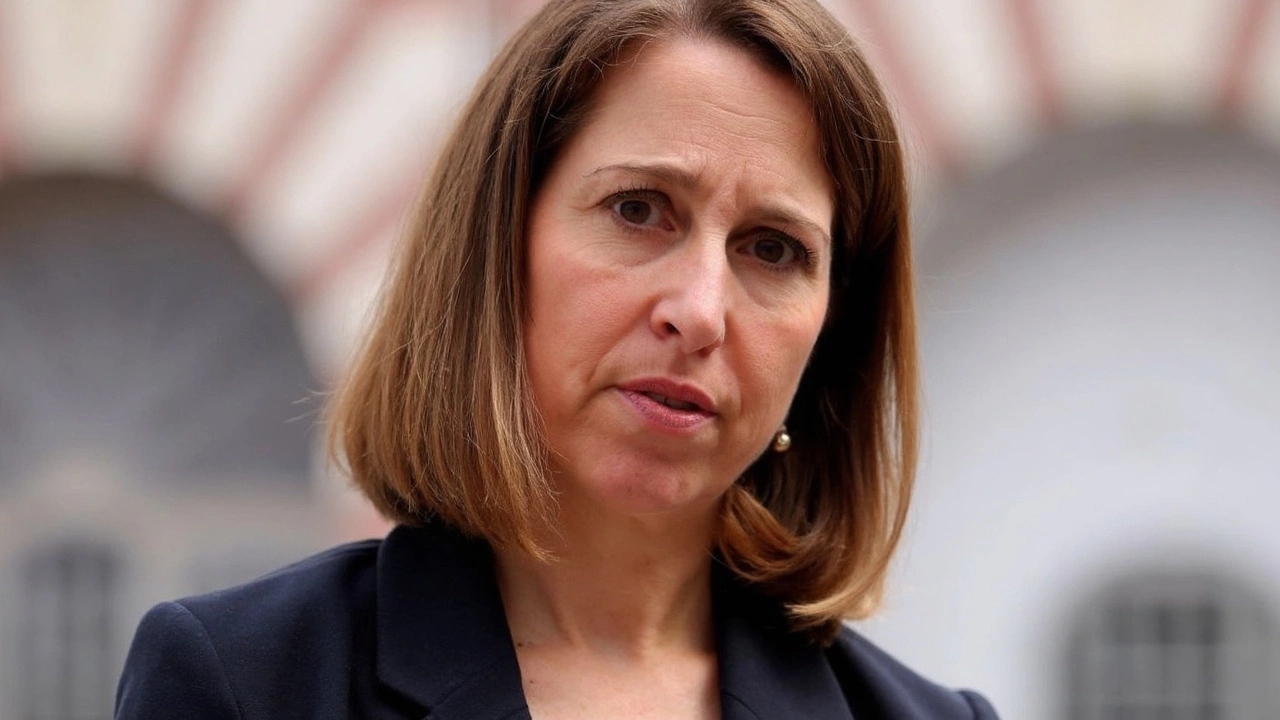Government Scrambles as Retirement Risks Escalate
It’s not every day the Department for Work and Pensions (DWP) decides to fast-track a review of a policy as massive as the state pension age. Right now, the age stands at 66, but it’s set to climb to 67 in 2028 and creep up again to 68 by 2046. What’s the rush? Well, new evidence suggests today’s retirement roadmap might leave future generations in a tighter spot than ever.
Work and Pensions Secretary Liz Kendall is spearheading this early review. Her move follows a wave of data pointing to bigger gaps and tougher times for tomorrow’s retirees. One standout figure: People set to retire in 2050 are on track to have £800 less a year in private pension income than those cashing out today. For those who’ve been saving, that’s a worrying trend. For millions who haven’t? The outlook is even bleaker.
The government isn’t just peering at numbers, either. The review will check how rising life expectancy stacks up against what folks actually need after hanging up their boots. And, in a sign they really mean business, Kendall has brought back the Pensions Commission—a body first launched under Tony Blair—to figure out what’s going wrong and how to fix it.
Why the System Feels Broken
Almost half of working-age Brits aren’t putting money aside for retirement. That’s over 20 million people. Zoom in further and you’ll spot a giant hole among the self-employed—three million folks with next to no pension savings to their names. Low earners, plus some ethnic minority groups, trail behind when it comes to saving for the future. And then there’s the gender divide: Women in their late 50s and early 60s are staring down pensions almost £5,000 a year lighter than men in the same age group. That’s more than just a minor gap. It’s a gulf.
Part of the safety net has been the triple lock—a promise that the state pension goes up each year with the highest of wage growth, inflation, or 2.5%. It’s designed to shield pensioners from price rises, but it comes at a cost: £31 billion a year, enough to make the Treasury wince. As debates over affordability heat up, some wonder if the triple lock can survive future budgets intact.
This review isn’t just a box-ticking exercise. It’s landing early—before the legally required six-year timetable—because the problems simply can’t wait. This round, expect honest discussions about what’s possible, who’s falling behind, and whether the state pension age still makes sense in a country where people aren’t living, working, or saving like they did a generation ago.
The stakes are high: Get it wrong, and tomorrow’s pensioners could be the first in decades to face a poorer retirement than their parents. Policymakers know the clock’s ticking. Now comes the tough part—figuring out how to fix a system that isn’t working for everyone.
